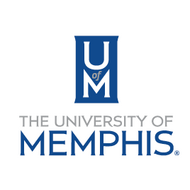
(View Complete Item Description)
Instructional materials on local history topics developed by students at the University of Tennessee at Chattanooga for use in secondary education classrooms.
This is a one-day 60-minute lesson plan that covers the impact of integration at a local level by focusing on the decision and responses to desegregate the University of Chattanooga. The purpose of this lesson is to expand students’ knowledge of Chattanooga’s history through analysis of primary sources. Students will identify major milestones of post-secondary institutional desegregation and describe the impact it had on Chattanooga and its university community in the 100 years following the ratification of the Emancipation Proclamation.
Ninth grade students will work together to examine the primary source excerpts in order to understand desegregation of the University of Chattanooga as a process. This understanding will allow students to more fully grasp the necessity of action to attain implementation. Students will develop an understanding of how cooperation on varied levels and involvement from individuals
and groups with diverse interests result in the attainment of a desired goal. Additionally, having access to primary sources will help students learn to deconstruct different arguments in favor of and opposed to integration. This primary source analysis will also illustrate how multi-faceted a source can be. Students will learn how to mine information, while also appreciating that primary sources can be ambiguous.
Material Type:
Activity/Lab,
Lesson Plan,
Primary Source
Authors:
Adams Jhedienne,
Caitlin King,
Jhedienne Adams,
Kiandra Franklin




















